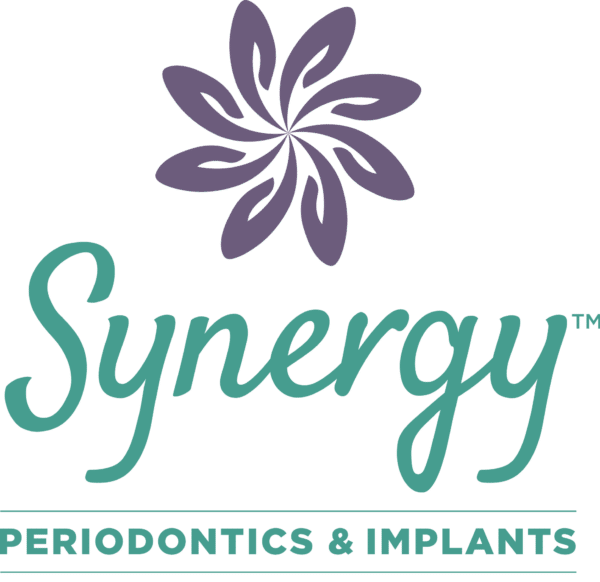
Understanding Periodontal Disease
Periodontal disease is a bacterial infection that affects the tissues surrounding the teeth, including the gums, periodontal ligament, and alveolar bone. It typically begins with the accumulation of plaque—a sticky film of bacteria—on the teeth and along the gumline. If not removed through regular brushing and flossing, plaque can harden into tartar, leading to inflammation of the gums (gingivitis). Without intervention, gingivitis can progress to periodontitis, a more severe form of gum disease characterized by the destruction of the supporting structures of the teeth.
Importance of Early Detection
Early detection of periodontal disease is crucial for several reasons. Firstly, gum disease is often painless in its early stages, making it easy to overlook or dismiss as a minor concern. However, even in the absence of noticeable symptoms, the disease can silently progress, causing irreversible damage to the gums and underlying bone. Regular dental check-ups allow periodontal disease to be detected in its earliest stages when it is most treatable. Additionally, early intervention can help prevent the need for more invasive and costly treatments later on.
Signs and Symptoms
While periodontal disease may not always present obvious symptoms in its early stages, there are certain signs that individuals should be aware of, including:
- Gums that are red, swollen, or tender
- Bleeding gums, especially during brushing or flossing
- Persistent halitosis or unpleasant taste in the mouth
- Gum recession or shifting teeth
- Pus between the teeth and gums
- Loose or shifting teeth
Treatment Options
The treatment for gum disease varies based on its severity. In its early stages, gingivitis can often be managed and reversed with professional dental cleanings and improved oral hygiene practices at home. However, if periodontitis has developed, more intensive treatments may be necessary to halt the progression of the disease and restore gum health. These treatments may include scaling and root planing (deep cleaning), antibiotic therapy and in severe cases, surgical interventions such as flap surgery or tissue grafting.
Preventing Complications
Early detection and treatment of periodontal disease are essential for preventing complications and preserving oral health. Untreated gum disease can lead to a range of serious consequences, including tooth loss, gum recession, bone loss, and an increased risk of systemic health conditions such as cardiovascular disease, diabetes, and respiratory infections. By prioritizing regular dental check-ups and practicing good oral hygiene habits, individuals can reduce their risk of developing periodontal disease and maintain healthy gums and teeth for a lifetime.
Request Your Appointment Today
In conclusion, early detection and treatment play a critical role in managing periodontal disease effectively and preventing complications. By recognizing the signs and symptoms of gum disease, seeking prompt dental care, and adhering to recommended treatment plans, individuals can protect their oral health and overall well-being. At Synergy Periodontics & Implants, we’re dedicated to providing personalized care and comprehensive treatments to help our patients achieve and maintain healthy gums and teeth. Don’t wait until it’s too late—request your dental appointment today and take the first step towards a lifetime of optimal oral health.
